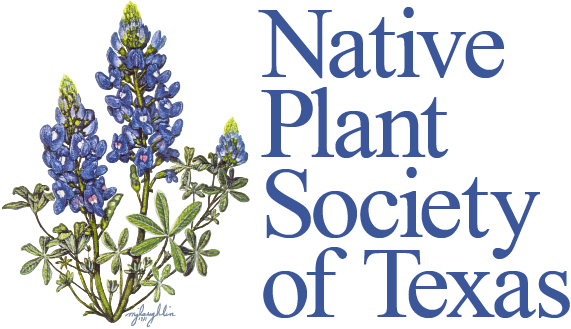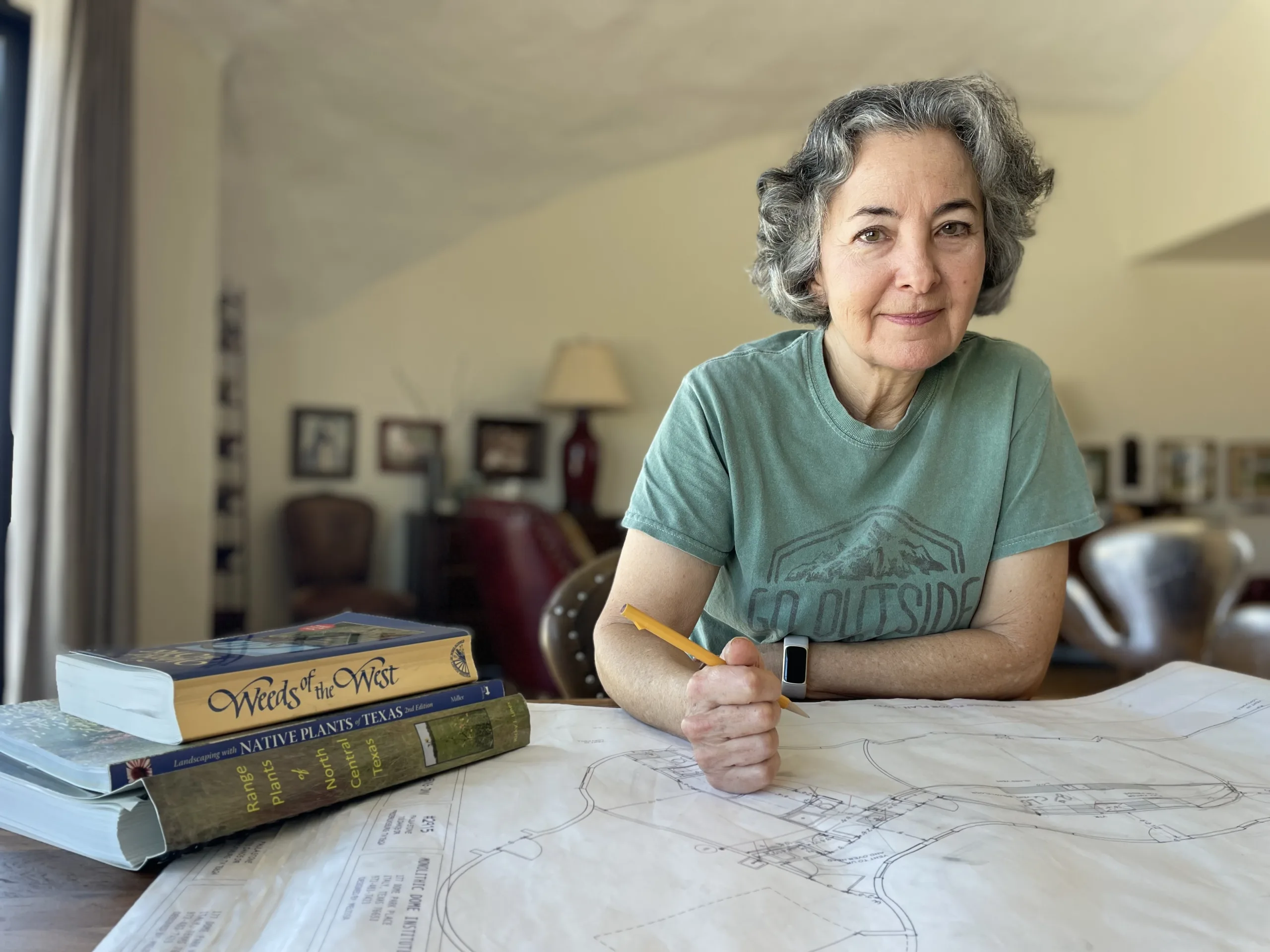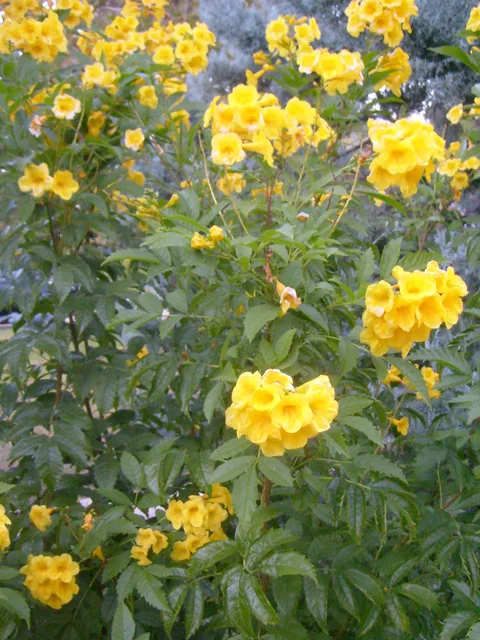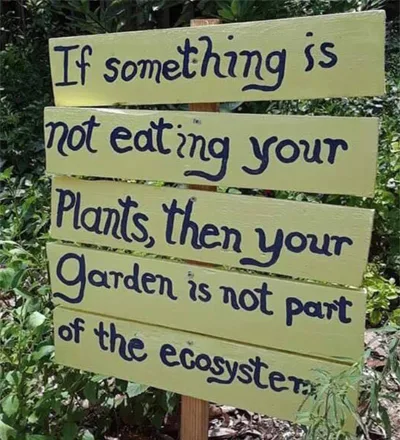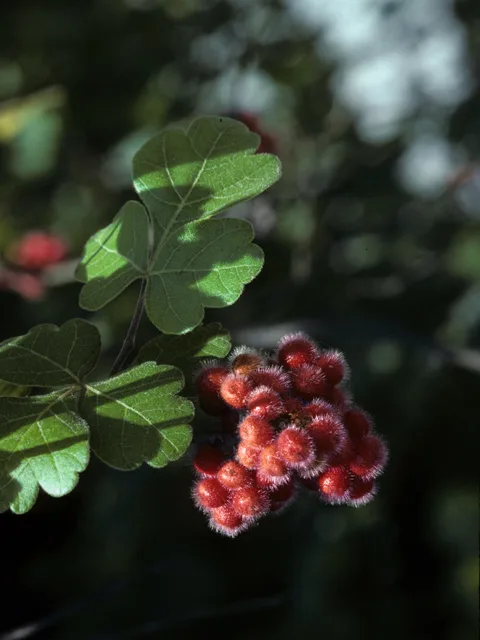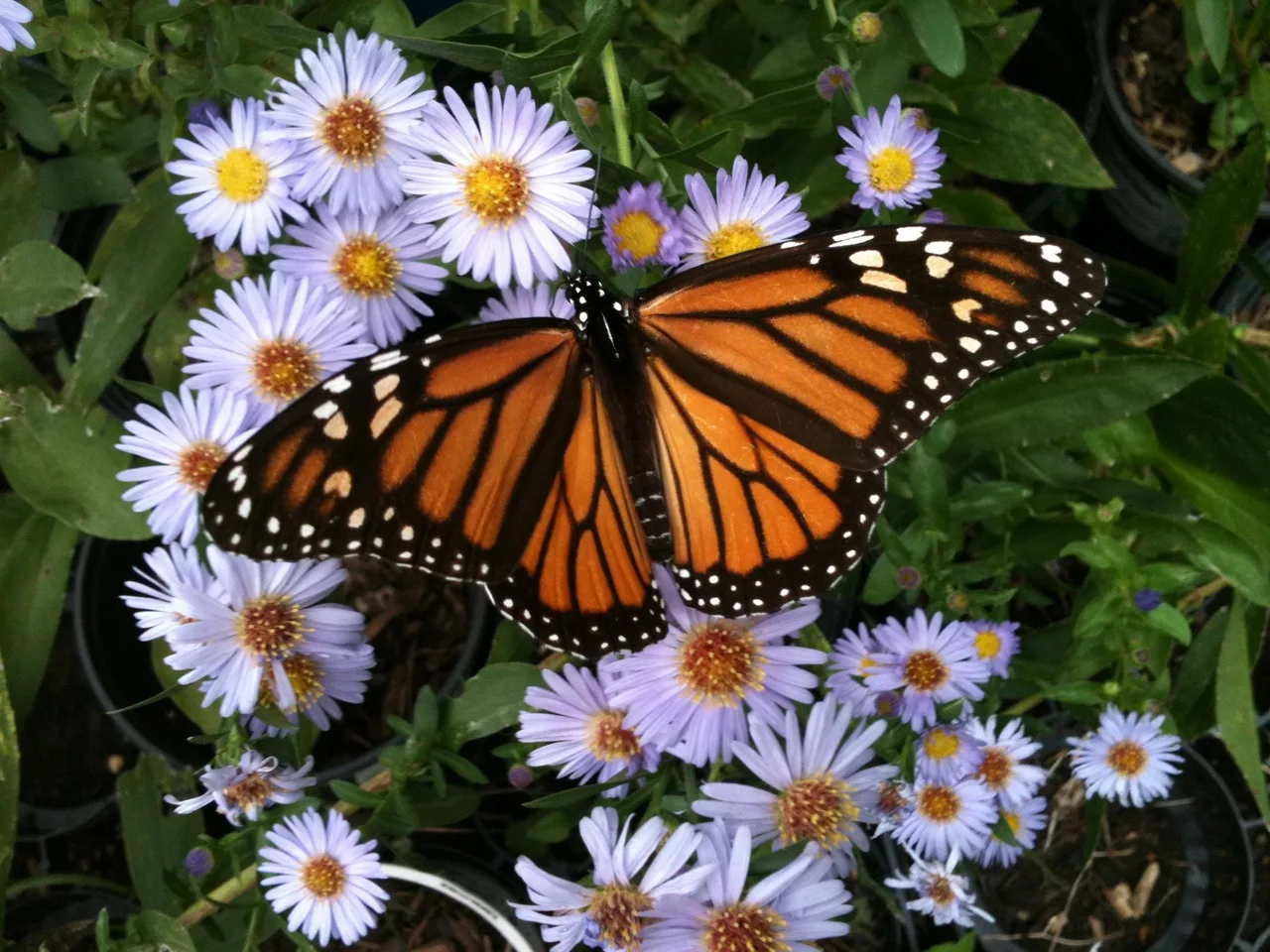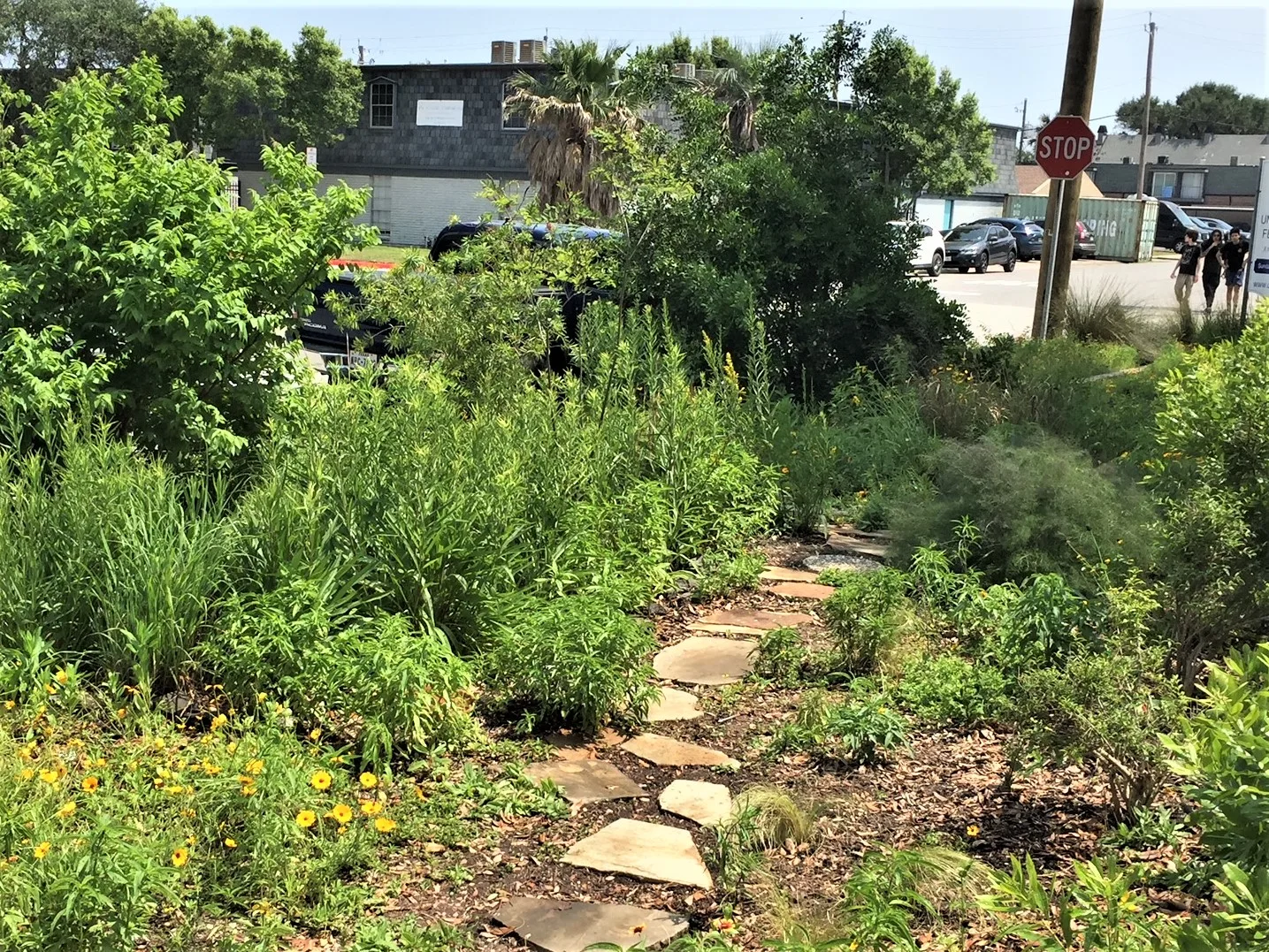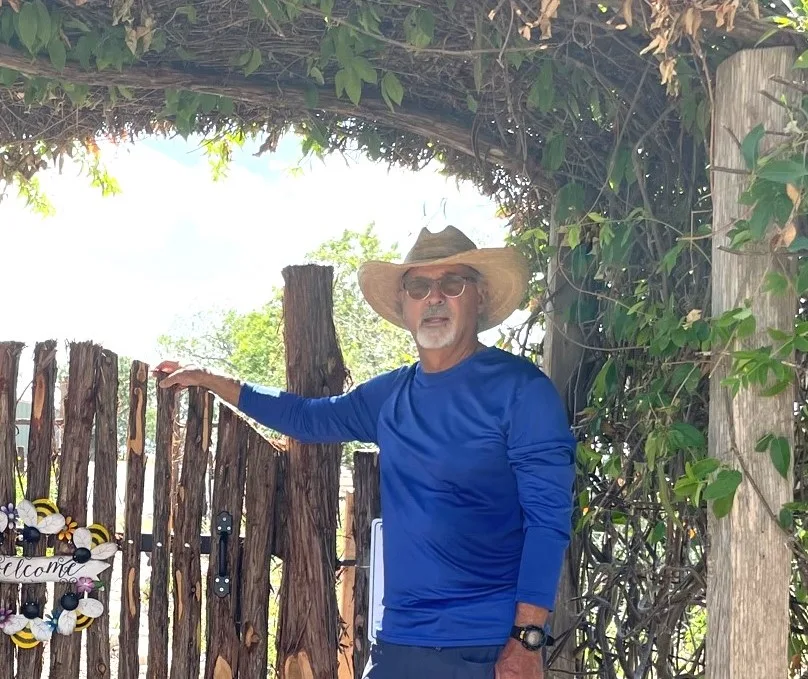
Fredericksburg Chapter Meeting: “Ecosystem Regeneration Starts with You”
Shannon Brown, our speaker leading into this hill country gardening season, creates Central Texas rain gardens with the native plants that thrive in our soil and temperature . Find out
